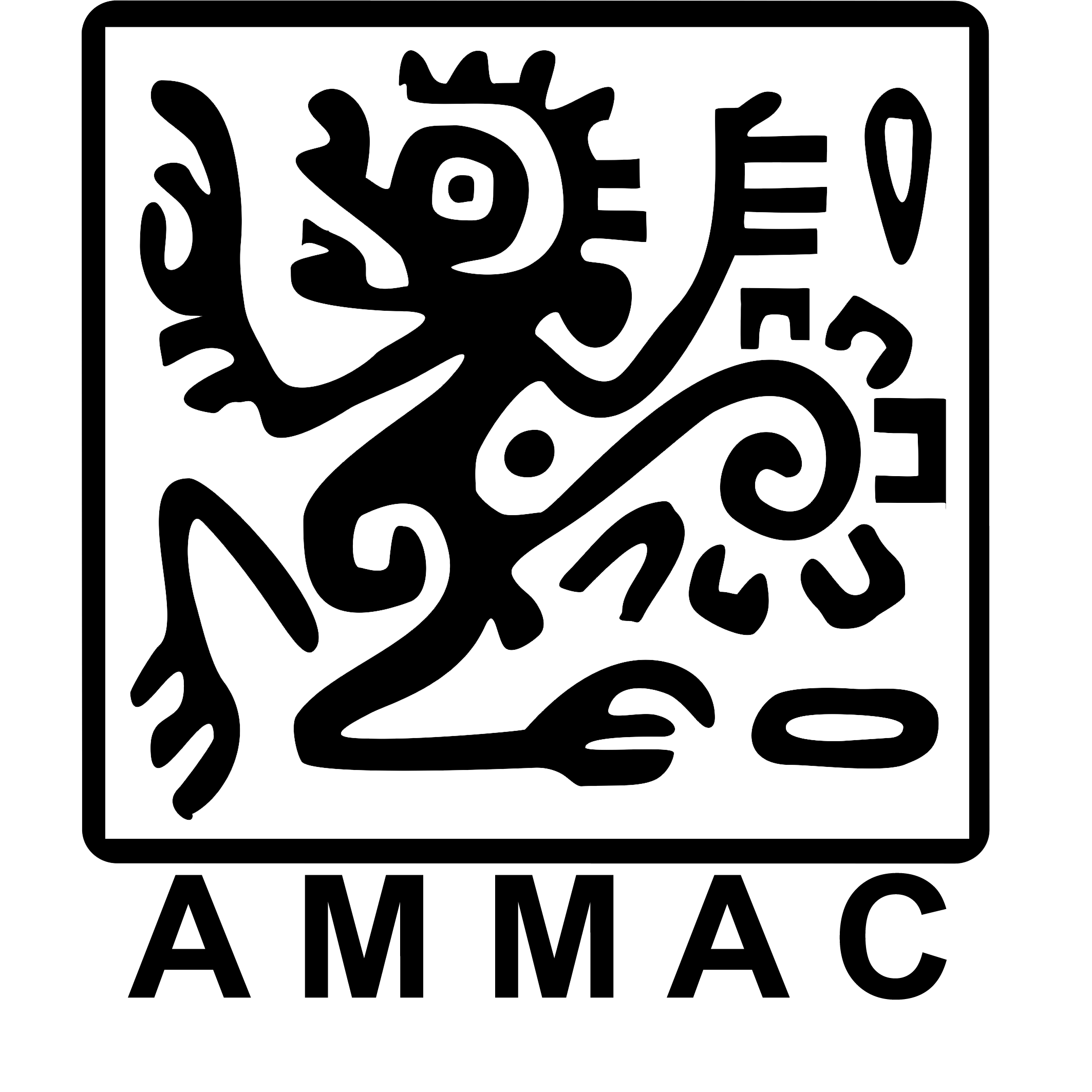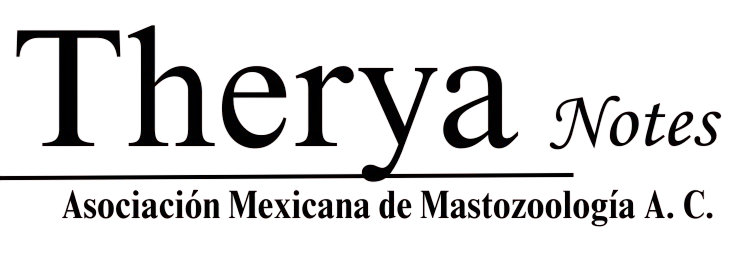The Sinaloan mastiff bat (Molossus sinaloae) is indeed found in Sinaloa, México
DOI:
https://doi.org/10.12933/therya_notes-24-186Keywords:
Ecotonal zone, geographic extension, Molossidae, Pacific Coastal Plain, taxonomyAbstract
Research on Molossus sinaloae reflects challenges in its taxonomy due to its wide geographic distribution. Despite its scientific name referencing the state of Sinaloa, México, its presence there has been questioned due to its inhabitation of xerophytic vegetation, contrasting with the typical mountain habitat. In the winter of 2023, 2 specimens of M. sinaloae were opportunistically collected in northern Sinaloa. Subsequently, their taxonomy was reviewed, and morphological measures were taken. Records of Sinaloan mastiff bat presence in northern México were analyzed by comparing data from scientific collection databases. We collected 2 adult individuals of M. sinaloae, 1 male and 1 female, in the city of Los Mochis, Sinaloa, México. These records are the northernmost ever recorded for the species and support a range expansion of ~ 463 km north of its current known distribution. Our analysis of the species most recent records in México evidence that M. sinaloae is commonly distributed in the Pacific coastal plain. The new reported records suggested that M. sinaloae is not limited by geographic barriers. The biogeographical importance of the Nearctic region is highlighted by our documentation of the Sinaloan mastiff bat, unobserved in Sinaloa, México, for close to 90 years.
Downloads
Published
How to Cite
Issue
Section
License
THERYA NOTES is based on its open access policy allowing free download of the complete contents of the magazine in digital format. It also authorizes the author to place the article in the format published by the magazine on your personal website, or in an open access repository, distribute copies of the article published in electronic or printed format that the author deems appropriate, and reuse part or whole article in own articles or future books, giving the corresponding credits. The Creative Commons CC BY-NC-SD license is used.![]()















